Putter Reviews
Review: Bettinardi 2014 BB Series Putters

Pros: 100% milled, with a very soft feel at impact. The Hyper-Honeycomb face finish is stunning, and is a nice modern touch to these classic putters.
Cons: They’re expensive ($299), and only come in one head weight (353 grams for standard-length, 395 grams for counter-balanced).
Bottom Line: Even golfers who don’t know much about putters can appreciate the quality of Bettinardi’s BB Series putters.
Overview
Golfers not familiar with the Bettinardi brand should know that the Tinley, Ill.-based company has its roots in the defense industry, which according to Bettinardi’s Vice President of Sales and Market Sam Bettinardi was the impetus for the high-quality machining process its putters undergo. Each and every Bettinardi putter starts as a solid block of steel, and is 100 percent milled and assembled in Tinley Park. That gives the company extraordinary control over its manufacturing process, which has earned Bettinardi great praise from putter aficionados for its tight tolerances and attention to detail.
The 2014 BB Series technically includes five models: the BB1, BB1F, BB32, BB43 and BB55. This review will not include the high-MOI BB55 putter, however, which got its own review that can be viewed here.
Each of the BB Series putters has a head weight of 353 grams, and comes stock with a Pure Grip made custom for Bettinardi in either standard or midsize. Two counter-balanced models are also available: the BB1 CB and BB32 CB. They come stock at 38 inches with a 17-inch Winn grip made custom for Bettinardi that weighs 135 grams. The extra 42 grams that the 3 inches of length add to the total weight of the putter is balanced with an extra 42 grams of head weight, making each putter head 395 grams. The standard-length BB1 is available for righties and lefties, while the rest of the line is right-handed only.
The weight of each Bettinardi BB Series putter head is written on the sole.
The putters have Bettinardi’s Hyper-Honeycomb face, a milling pattern that debuted on the 2013 BB Series putters and produces larger-diameter honeycomb shapes than the original pattern. The faces and soles have a high-polished silver finish, while the top of the putters have a glare-free matte silver satin finish.
The standard-length putters sell for $299, while the counter-balanced models cost $349. They’re available from select retailers, as well as direct from http://www.bettinardi.com/
Performance
BB1
The BB1 is an Anser-style putter with a slightly longer-than-normal plumber’s neck. That gives the putter a one-half toe hang, making it more face-balanced than the 2013 BB1 putter (it had a shorter hosel and a three-quarter toe hang). The longer plumber’s neck also extends the angular portion of the neck farther from the top line, making it less noticeable at address.
According to Bettinardi, putter design trends are moving away from models with a lot of toe hang and more toward face-balanced models, which was the reason its neck was extended. It also provided ample space to showcase the milling process that shaped the 1-piece putter, as Bettinardi left the mill marks on its hosel intact as a subtle clue to the putter’s quality.
BB1F
The BB1F is an elongated Anser-style putter with a flow neck that delivers a three-quarter toe hang. That’s the most toe hang of any putter in the line, making it a fit for golfers who have a lot of arc in their stroke.
Like the BB1, Bettinardi added style to the putter’s neck. Ridges are milled along its curvature, giving it a “wow” factor, especially for golfers who are not used to handling high-quality putters. More impressive is the way the long, skinny flow neck transitions into the top line of the putter at address. It’s one of the least prominent flow necks on the market, a real feather in Bettinardi’s cap for a golfer who is sensitive to the amount of neck that is visible at address.
The wider footprint of the BB1F and its wide-set bumpers also gives the putter more stability than golfer’s might expect from a flow-neck Anser-style putter.
BB32
The BB32 is easily my favorite putter in the BB Series. There’s an alignment story: the “rare flange design,” as Bettinardi calls it, extends the half moon-shaped flange to allow for a longer sight line, which makes the putter easier to aim. The putter’s bumpers also serve to shrink the size of the mallet. They angle inward toward the center of the flange, making the BB32 look smaller than it really is. That visual trick might be the reason the putter was much more stable than I thought it should have been.
With a one-quarter toe hang and a plumber’s neck, the BB32 also has the potential to draw curiosity from both blade-putter users who are looking to try something more robust, as well as mallet users who are looking for something more inspiring at address.
The BB32 CB, the counter-balanced version of the putter, aims to please the nervy crowd. It and the BB1 CB are a must-try for golfers who want to try a counter-balanced putter, but are not prepared to switch to a more radical-looking, high-MOI design like the BB55. Be aware, however, that compared to TaylorMade’s Daddy Long Legs, Odyssey’s Tank and Bettinardi’s B55 CB, the BB32 CB feels considerably heavier at address. I could speculate as to why, but it’s better to sample the putters yourself and make your own judgement. Maybe you’ll find that you don’t mind the heavier feel.
BB43
The BB43’s true center-shafted design places more of the putter’s mass directly behind the impact area. In iron design, that’s known to make a iron feel softer and more solid at impact, and the BB43 is no exception: it’s the softest-feeling putter in the line.
According to Bettinardi, the BB43 has garnered a cult following since the release of the original BB43 in 2001, which likely stems from its quirkiness. When viewing it from face-on, I swear I’m looking at a Bullseye. But in the playing position, the putter morphs into a center-shafted Anser-style putter. It’s also face-balanced, which should help golfers who have putting strokes that are more straight-back and straight-through.
Looks and feel
Golfers who are willing to spend $300 on a putter demand certain things. If they’re purists, simplicity — the strong point of the BB Series line — is high on their lists. At address, the non-glare silver satin finish on the top of the putter is all business. But the high-polished, Hyper-Honeycomb faces of the putters don’t just add artistic value to the putter — they add performance and durability.
According to Bettinardi, the Hyper-Honeycomb faces ensure a completely flat face surface, a claim that’s hard to dispute when viewing the flatness of the face from the side. The high-polished finish on the face and sole also add durability to those high impact areas. Any golfer who has ever bought a completely matte putter, only to watch the sole and face develop a shine from use over time know exactly what I’m talking about.
The samples we received had no flaws to either their paintfill or shaft band, and we appreciate the red, white and blue colorways that scream Made in the U.S.A. Another nice touch are the American-made Pure Grips, which are highly durable and continue with the Patriotic theme, as well as the red, white and blue leather headcover (check it out in the photo gallery at the bottom of the story).
The lone drawback of the BB Series is the inability to adjust the weight of the putter heads through moveable weights. According to Bettinardi, the company shies away from them because it feels that they can negatively affect sound and feel. It’s hard to argue that assertion, as each of the putters offers a soft, solid feel at impact.
Above: The BB32 and BB32 CB — which has a 42-gram heavier head — at address. Can you tell them apart?
We also understand the cost ineffectiveness of milling custom-weighted putter heads, although we know that Bettinardi could do it. The BB1 CB and BB32 CB putters are 42 grams heavier than the standard-length models, yet they hardly appear any larger than the lighter heads at address. According to Bettinardi, this is possible because each of the putters is 100 percent milled, which allows weight to be distributed evenly (and almost invisibly) across the entirety of the putter head.
The Takeaway
Bettinardi is making an aggressive play to become the go-to premium putter maker in the U.S., signing online distribution deals with major retailers PGA SuperStore and 2nd Swing. It is also trying to garner more PGA Tour presence, signing Matt Kuchar and Brian Gay as brand ambassadors in 2013, and adding putter reps on the Web.com and Champions Tours. It’s a bold move for the extremely competitive and sometimes fickle putter market, but the quality and beauty of the BB Series line makes it hard to question the decision.
If you’re willing to spend $300 on a putter, congrats, you’re a real GolfWRXer. And no GolfWRXer would look down on you for spending that $300 on a Bettinardi.
[wrx_buy_now oemlink=”http://www.bettinardi.com/bb-series/” oemtext=”Learn more from Bettinardi” amazonlink=”http://www.amazon.com/gp/product/B00I5QBKX2/ref=as_li_qf_sp_asin_il_tl?ie=UTF8&camp=1789&creative=9325&creativeASIN=B00I5QBKX2&linkCode=as2&tag=golfwrxcom-20&linkId=WPDFMHOI6VFKBTEL”]
- LIKE17
- LEGIT4
- WOW2
- LOL0
- IDHT0
- FLOP0
- OB0
- SHANK4
Equipment
Blade vs. mallet: What style putters do the top-50 players in the world use? (2022 update)
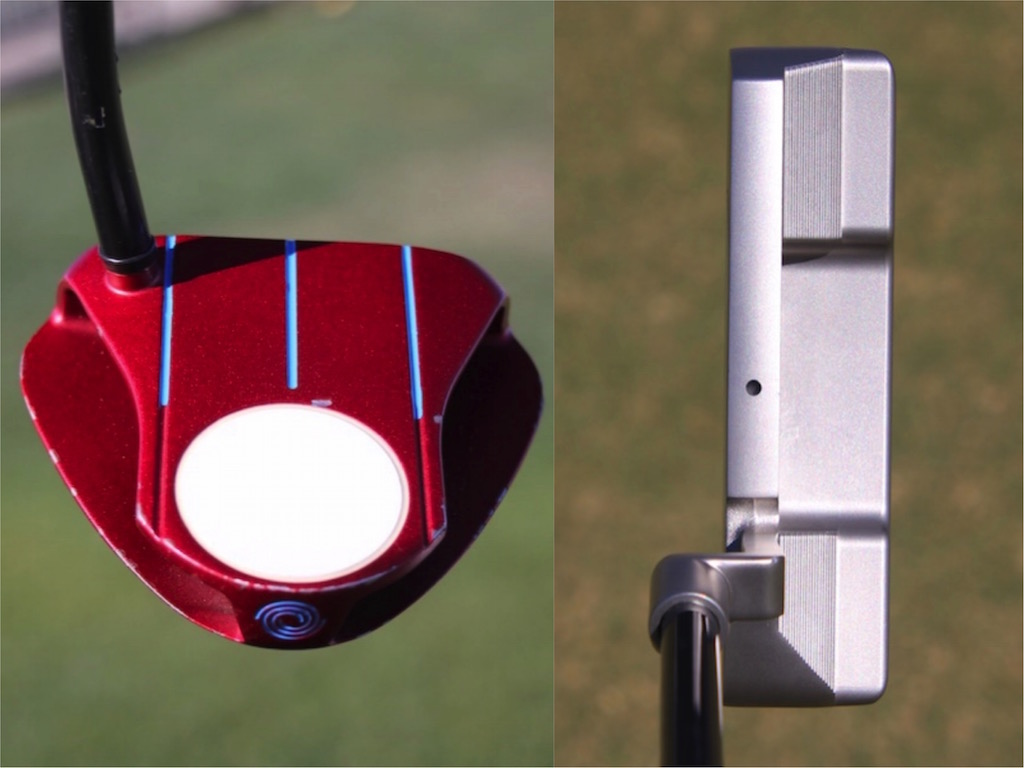
Four years ago, I wrote an article where I analyzed the putters that the top-50 players in the world were using, and the top-50 players in strokes gained: putting. I wanted to find out whether more mallet-style putters, or blade-style putters, were being used by the world’s best.
In 2018, I found that 44 percent of the top-50 players in the Official World Golf Rankings were using mallet style putters, and 56 percent of the top-50 in strokes gained: putting were using mallet putters.
Flash forward to 2022, and it would seem that more and more top golfers are switching into mallet putters – Scottie Scheffler, for example, just switched into a mallet putter after using a blade-style putter throughout his career.
What are the actual numbers, though? Are more top PGA Tour players really using mallet putters these days, or is the shift overblown?
I wanted to find out.
For my research, I simply went through the most recent GolfWRX WITB photos, and the most recent photos on Getty Images, to figure out what style putter each player in the Top-50 in the OWGR is using, as well as each Top-50 player in strokes gained: putting on the PGA Tour for the 2021-22 season.
Below are the results:
Top-50 in OWGR: Blade or Mallet?
Mallet putter users, 62 percent (31 out of 50)
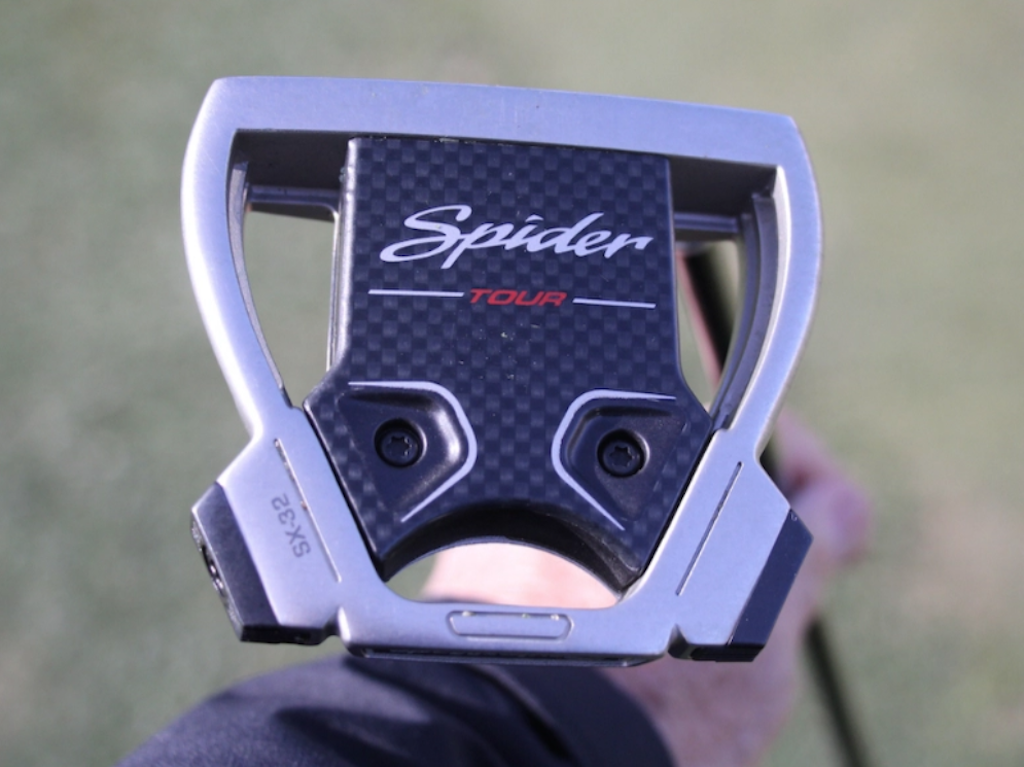
Rory McIlroy’s TaylorMade Spider Tour mallet putter
Rory McIlroy (No. 1: TaylorMade Spider Tour Hydroblast)
Scottie Scheffler (No. 2: Scotty Cameron T-5.5 Proto)
Patrick Cantlay (No. 4: Scotty Cameron T5 Proto)
Jon Rahm (N0. 5: Odyssey Rossie S White Hot OG)
Xander Schauffele (No. 6: Odyssey O-Works #7 CH Red)
Will Zalatoris (No. 7: Scotty Cameron Circle T Phantom X T-11 Proto)
Justin Thomas (No. 8: Scotty Cameron T5 Proto Tour-Only custom)
Viktor Hovland (No. 11: Ping PLD DS 72)
Sam Burns (No. 12: Odyssey O-Works 7S)
Billy Horschel (No. 16: Ping PLD Sigma 2 Tyne 4)
Cameron Young (No. 17: Scotty Cameron T5 prototype)
Max Homa (No. 18: Scotty Cameron Phantom X T5.5 Prototype)
Sungjae Im (No. 20: Scotty Cameron Flowback 5 Prototype)
Shane Lowry: (No. 21: Odyssey DFX 2-ball)
Abraham Ancer (No. 23: Odyssey White Hot No. 5 Stroke Lab)
Keegan Bradley (No. 25: Odyssey Versa Jailbird)
Sepp Straka (No. 27: Odyssey Tuttle Stroke Lab)
Tyrrell Hatton (No. 28: Ping Vault Oslo)
Kevin Kisner (No. 29: Odyssey 2-Ball 11)
Dustin Johnson (No. 30: TaylorMade Spider GT Black)
Corey Conners (No. 31: Ping PLD Prototype)
Tom Hoge (No. 32: TaylorMade Spider X Hydroblast)
K.H. Lee (No. 33: Odyssey Works Versa 2-ball)
Adam Scott (No. 34: L.A.B. Golf Mezz.1 prototype)
Aaron Wise (No. 36: TaylorMade Ghost)
Brian Harman (No. 37: TaylorMade OS CB)
Daniel Berger (No. 43: TaylorMade Spider X Hydroblast)
Jason Kokrak (No. 44: Bettinardi Studio Stock 38)
Harold Varner III (No. 46: Odyssey White Hot OG 7S)
Seamus Power (No. 48: Ping PLD3 Mallet)
Harris English (No. 49: Ping Scottsdale Hohum)
Blade putter users, 38 percent (19 out of 50)
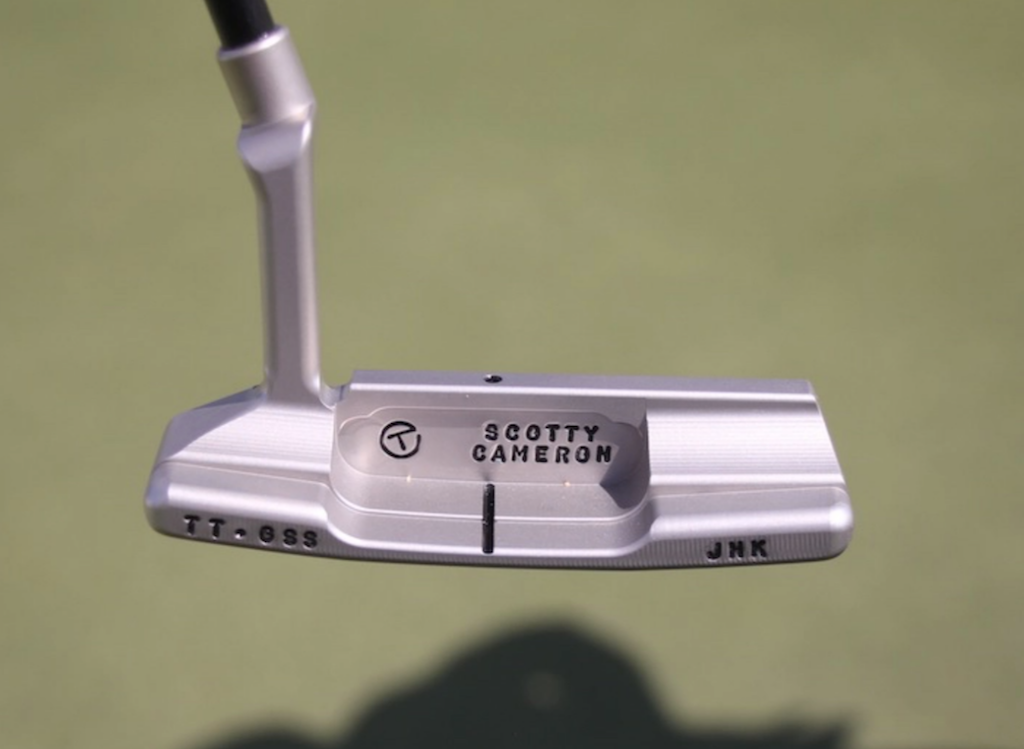
Tom Kim’s new custom Scotty Cameron blade-style putter
Cameron Smith (No. 3: Scotty Cameron 009M Prototype)
Collin Morikawa (No. 9: TaylorMade TP Soto)
Matt Fitzpatrick (No. 10: Bettinardi DASS Prototype)
Jordan Spieth (No. 13: Scotty Cameron 009 tour prototype)
Tony Finau (No. 14: Ping PLD Prototype)
Joohyung “Tom” Kim (No. 15: Scotty Cameron TourType GSS Prototype)
Hideki Matsuyama (No. 19: Scotty Cameron Newport 2 GSS)
Joaquin Niemann (No. 22: Prototype Ping PLD Anser)
Tommy Fleetwood (No. 24: TaylorMade TP Juno)
Ryan Fox (No. 26: Ping Anser 2D)
Thomas Pieters (No. 35: Scotty Cameron Squareback Select 2 Tour Only)
Talor Gooch (No. 38: Odyssey Tri-Hot Two)
Brooks Koepka (No. 39: Scotty Cameron Teryllium TNP2)
Kevin Na (No. 40: Odyssey Toulon Madison)
Kurt Kitayama (No. 41: Scotty Cameron Newport prototype)
Louis Oosthuizen (No. 42: Ping Vault 2.0 Voss)
Mito Pereira (No. 45: Ping Vault 2.0 Dale Anser Stealth)
Paul Casey (No. 47: Scotty Cameron 009M Prototype)
Alex Noren (No. 50: Odyssey O-Works 1W)
Top-50 in Strokes Gained: Putting
Mallet users: 70 percent (35 of 50 players)
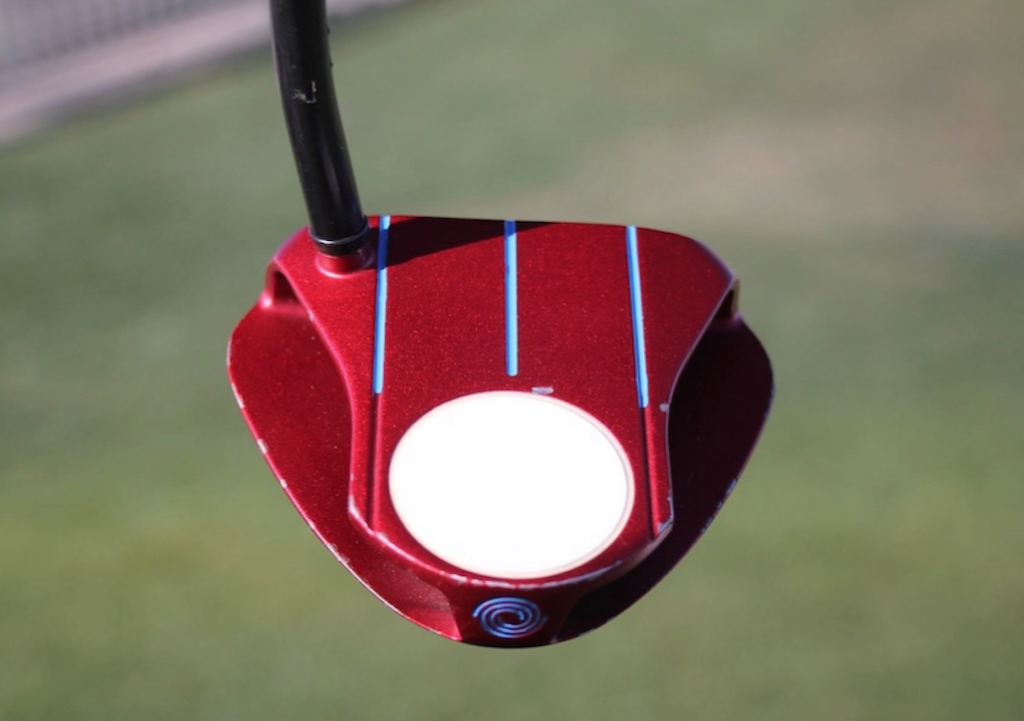
Kelly Kraft’s custom Odyssey Versa 1-Ball Red prototype mallet
Lucas Herbert (No. 1: TaylorMade Spider X Hydroblast)
Denny McCarthy (No. 2: Scotty Cameron GoLo N7)
Tyrrell Hatton (No. 4: Ping Vault Oslo)
Beau Hossler (No. 5: Odyssey 2-Ball Ten)
Christiaan Bezuidenhout (No. 6: Odyssey White Hot OG #7)
Kelly Kraft (No. 7: Odyssey Versa 1-ball Red Prototype)
Kevin Kisner (No. 9: Odyssey 2-ball 11)
Sam Burns (No. 10: Odyssey O-Works 7S)
Martin Trainer (No. 12: Scotty Cameron Circle T Prototype Phantom T12)
Chesson Hadley (No. 13: Odyssey White Hot OG 2-Ball)
Mackenzie Hughes (No. 14: Ping Scottsdale TR Piper C)
Rory McIlroy (No. 16: TaylorMade Spider Tour Hydroblast)
Ian Poulter (No. 17: Scotty Cameron T-11 Proto)
Justin Rose (No. 20: Axis1 Rose Prototype)
Billy Horschel (No. 21: Ping PLD Sigma 2 Tyne 4)
Matthew Wolff (No. 23: TaylorMade GT Notchback)
Adam Long (No. 24: Scotty Cameron T5 Proto)
Viktor Hovland (No. 25: Ping PLD DS 72)
Max Homa (No. 27: Scotty Cameron Phantom X T5.5 Prototype)
Patrick Cantlay (T28: Scotty Cameron T5 Proto)
Jon Rahm (T28: Odyssey Rossie S White Hot OG)
Wyndham Clark (No. 31: Scotty Cameron T5 Proto)
Xander Schauffele (No. 32: Odyssey O-Works #7 CH Red)
Vince Whaley (No. 33: Odyssey White Hot OG #7)
Rory Sabbatini (No. 34: Scotty Cameron Flowback Prototype)
Austin Cook (T35: Ping Sigma G Tyne)
Sungjae Im (No. 37: Scotty Cameron Flowback 5 Prototype)
Andrew Putnam (No. 38: Odyssey Stroke Lab Black Rossie)
Sepp Straka (No. 39: Odyssey Tuttle Stroke Lab)
Seamus Power (No. 40: Ping PLD3 Mallet)
J.T. Poston (T41: Scotty Cameron GoLo 5 Black Tour Prototype)
Adam Scott (T41: L.A.B. Golf Mezz.1 prototype)
Troy Merritt (No. 43: Yes! C-Groove Mollie Tour)
Jason Kokrak (T46: Bettinardi Studio Stock 38)
Mark Hubbard (No. 50: Odyssey Metal X Milled #9HT)
Blade users: 30 percent (15 of 50)
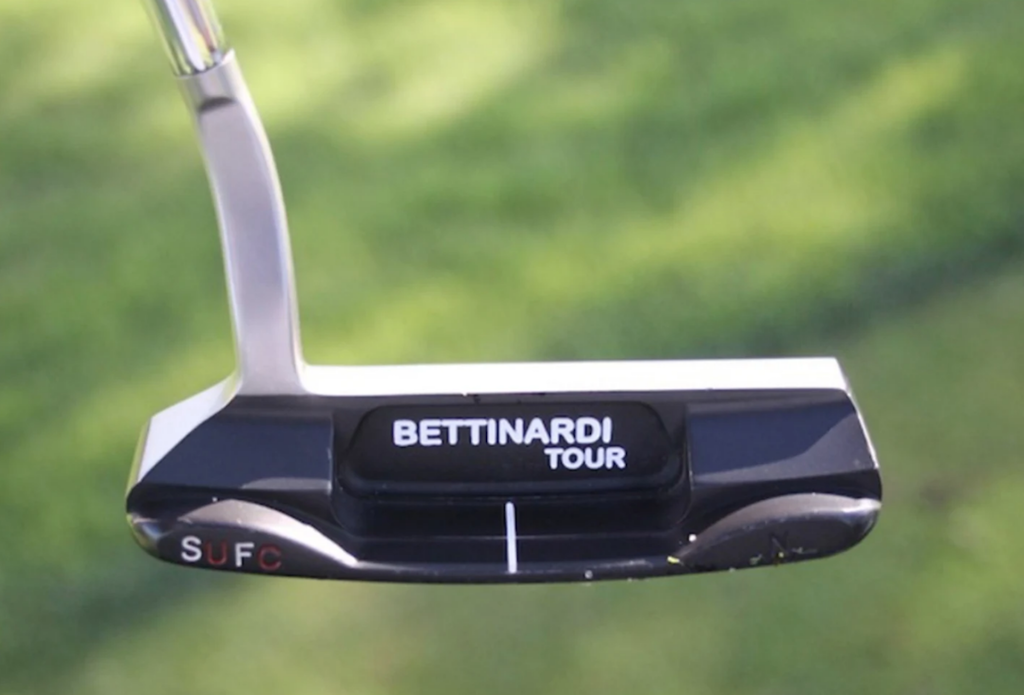
Matthew Fitzpatrick’s custom Bettinardi blade-style putter
Brendon Todd (No. 3: Sik Pro C-Series)
Cameron Smith (No. 8: Scotty Cameron 009M Prototype)
Matt Kuchar (No. 11: Bettinardi Tour Department SS28 DASS)
Marc Leishman (No. 15: Odyssey Versa #6)
Alex Noren (No. 18: Odyssey O-Works 1W)
Maverick McNealy (No. 19: Toulon Stanford MM Custom)
Matt Fitzpatrick (No. 22: Bettinardi DASS Prototype)
Tommy Fleetwood (No. 26: TaylorMade TP Juno)
Patrick Rodgers (No. 30: Odyssey Toulon San Diego)
Seung-Yul Noh (T35: Scotty Cameron Select Prototype)
Scott Stallings (No. 44: Scotty Cameron Newport 2.6 Prototype)
Brooks Koepka (No. 45: Scotty Cameron Teryllium TNP2)
Justin Lower (T46: PXG Prototype)
Richy Werenski (No. 48: Scotty Cameron Circle T Prototype)
Patrick Reed (No. 49: Odyssey White Hot Pro #3)
Conclusion
In 2018, 44 percent of the top-50 players in the Official World Golf Rankings were using mallet style putters, and 56 percent of the top-50 in strokes gained: putting were using mallet putters.
In 2022, 62 percent of the top-50 players in the OWGR use mallet style putters, and 70 percent of the top-50 in strokes gained: putting were using mallet style putters.
What do you think this means?
To me, it means that each golfer should try as many putters as possible – under the supervision of a professional fitter or local club professional – and find the best possible putter to fit their stroke style and preferences.
- LIKE187
- LEGIT43
- WOW15
- LOL6
- IDHT4
- FLOP3
- OB1
- SHANK13
Putter Reviews
REVIEW: Ping’s new PLD (Putting Lab Design) putters for 2022
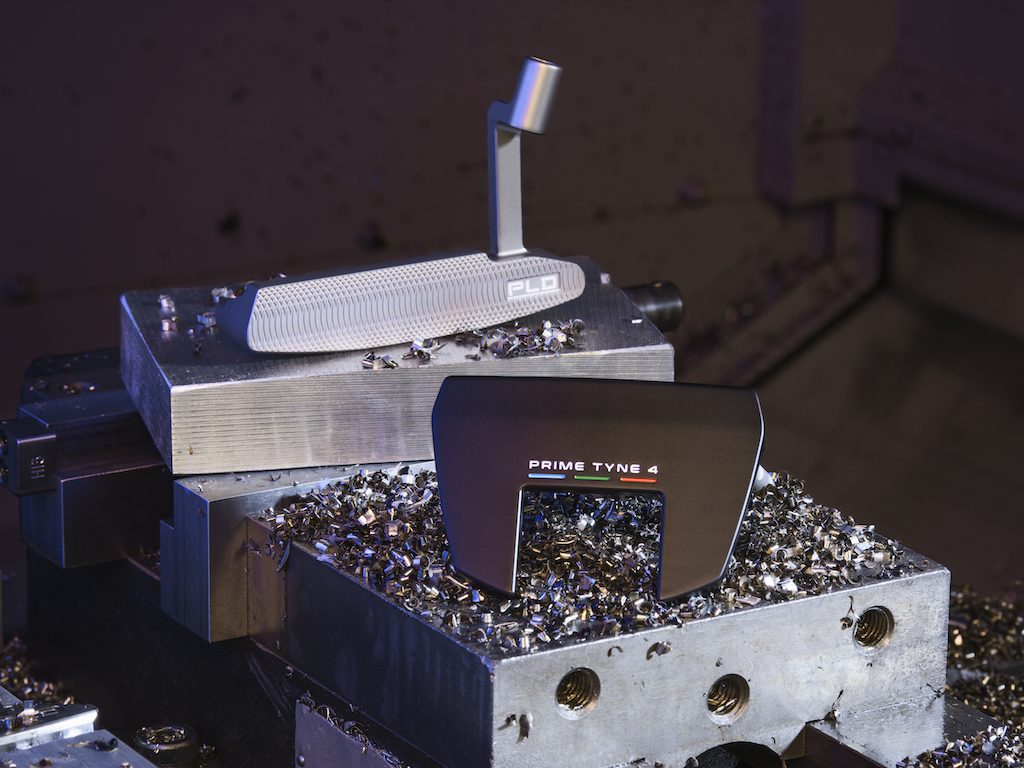
Not every golfer has access to custom-built golf putters like PGA Tour players do, but with Ping’s new PLD (Putting Lab Design) program, they can get pretty darn close.
Through the newly launched website, pingpld.com, golfers will have access to precision milled putters like the ones seen on Tour, and they can even customize their own putter with a Tour-level fitting experience either online or in person.
There’s three essential levels to the new PLD program: PLD Custom, PLD Limited and PLD Milled. Each of the levels comes with different putter options at differing price points.
“The PLD program allows us to bring golfers more of what we do best – design and build the highest-performing custom putters in the game,” said Ping President John K. Solheim, in a press release. “It offers nearly endless possibilities. Golfers can craft their own custom design through PLD Custom, choose the proven performance of a PLD Milled model or add to their putter collection by acquiring a PLD Limited. It gives golfers a chance to play what the pros play and own a piece of Ping history.”
“We established the PLD name several years ago as an extension of the PING Putting Lab,
where we’ve been fitting some of the top players in the world for more than 20 years,” said
Solheim. “Until now, access to the master fitters who deliver these custom putter experiences has been limited to the best players in the game. We can now bring golfers what they’ve been asking for either through a virtual or in-person experience.”
Below, we go further in-depth on each of the three options within the PLD program.
Ping PLD Milled
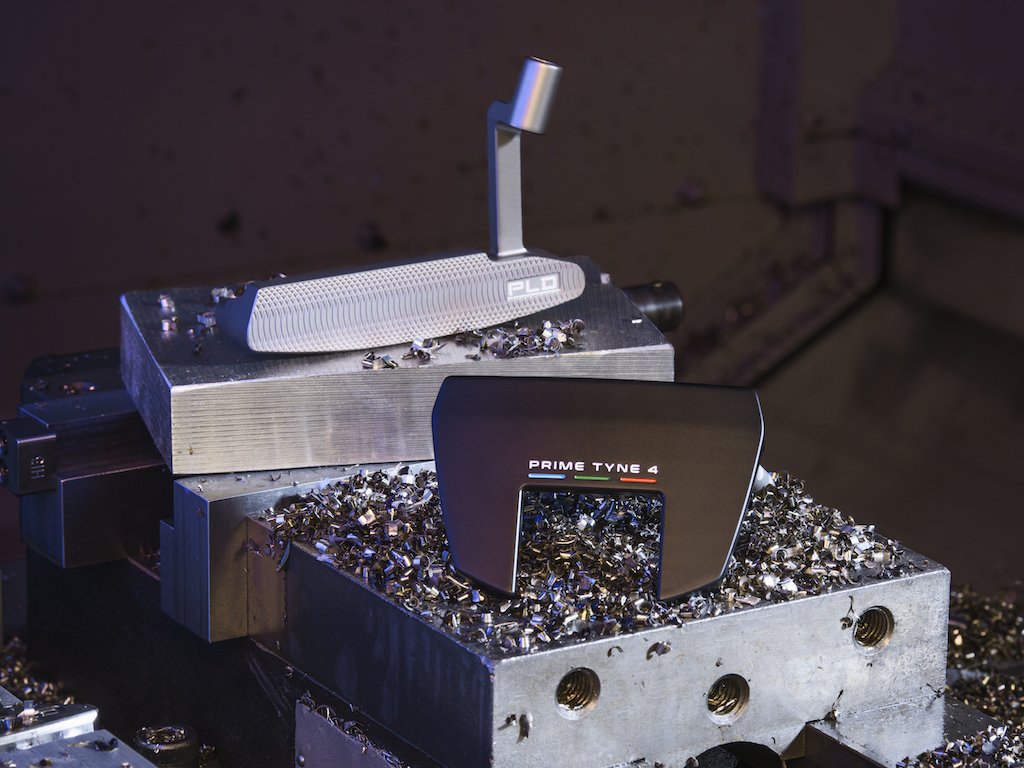
PGA Tour players such as Viktor Hovland, Tony Finau and Bubba Watson use Ping PLD precision milled putters, and now consumers will have access to those Tour-proven putters.
Each of the heads (Anser, Anser 2, DS72 and Prime Tyne 4) are machine milled from forged 303 stainless steel. Ping offers a breakdown of the specs for each available model, which will sell for $485 each:
Anser
Slight Arc
350g
Matte Black finish
Ping black graphite shaft
Lie Angle: 20° +/- 4°
Loft: 3° +3°/- 2°
Anser 2
Slight Arc
350g
Satin finish
Chrome stepless steel shaft
Lie Angle: 20° +/- 4°
Loft: 3° +3°/- 2°
DS72
Straight Stroke
365g
Satin finish
Chrome stepless steel shaft
Lie Angle: 20° +/- 2°
Loft: 3° +3°/- 2°
Prime Tyne 4
Aerospace grade, machined aluminum hosel
Strong Arc
360g
Matte Black finish
Matte-black stepless steel shaft
Lie Angle: 20° +/- 4°
Loft: 3° +3°/- 2°
“The PLD Milled is an exciting addition to our putter line,” said John K. Solheim. “We’ve
identified a couple of our most popular models from the past and some newer designs that have attracted a lot of attention in the last couple of years. We’ve given the new putters a very clean, premium look to emphasize the precision process they undergo before they are ready for play. As we collaborate on new designs with our engineers and tour staff through the PLD program, we’ll add new models to bring golfers the latest in tour-proven performance on the putting green.”
Ping PLD Limited
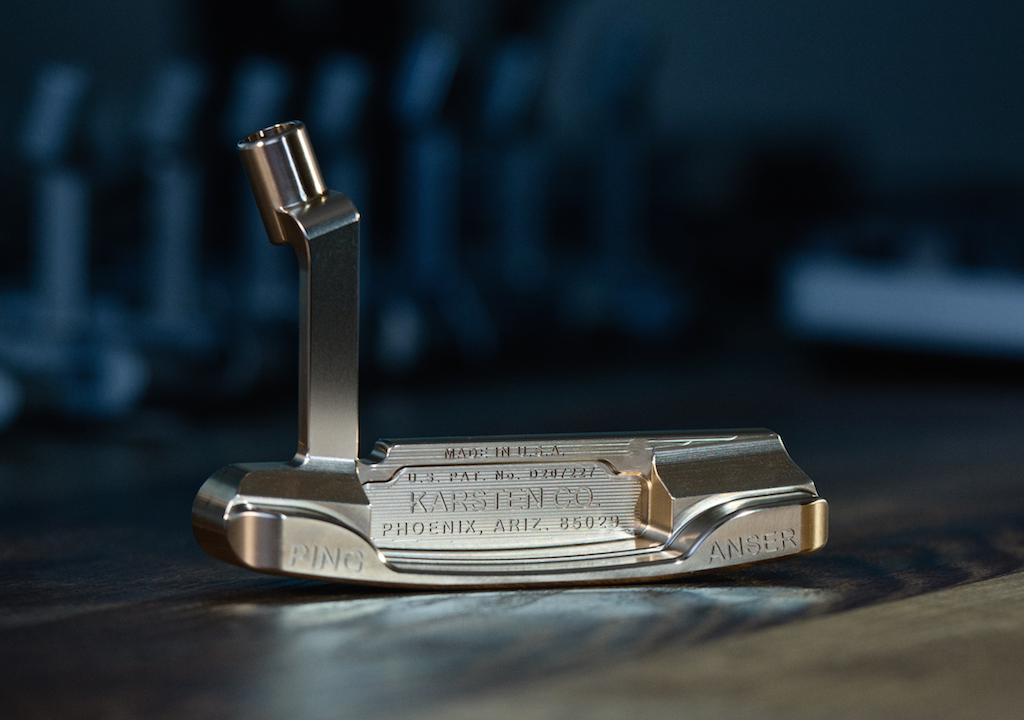
Ping’s PLD Limited will feature periodic limited-edition releases consisting of either putters that are played on Tour, or iconic designs from history. According to Ping, these putters are mostly targeted toward collectors, so they will have serialized numbers and will not be available for custom modifications.
For its first release ($790), Ping developed a 2022 version of the original Ping Anser, celebrating the 55th Anniversary of receiving the original Anser Patent on March 21, 1967.
“A lot of time has passed since the invention of the Anser putter,” said John A. Solheim, Ping’s Chairman & CEO and the youngest son of Karsten Solheim, who designed the original putter. “We think it’s important to remind the golf industry and some of the younger golfers that the iconic design they see with other brands’ name on it was created by Karsten in his garage in the mid-1960s. I was fortunate to be at his side building the first Ansers, and continued to do so for many years. It’s time Karsten gets the credit he deserves for inventing the Anser putter.”
Ping PLD Custom
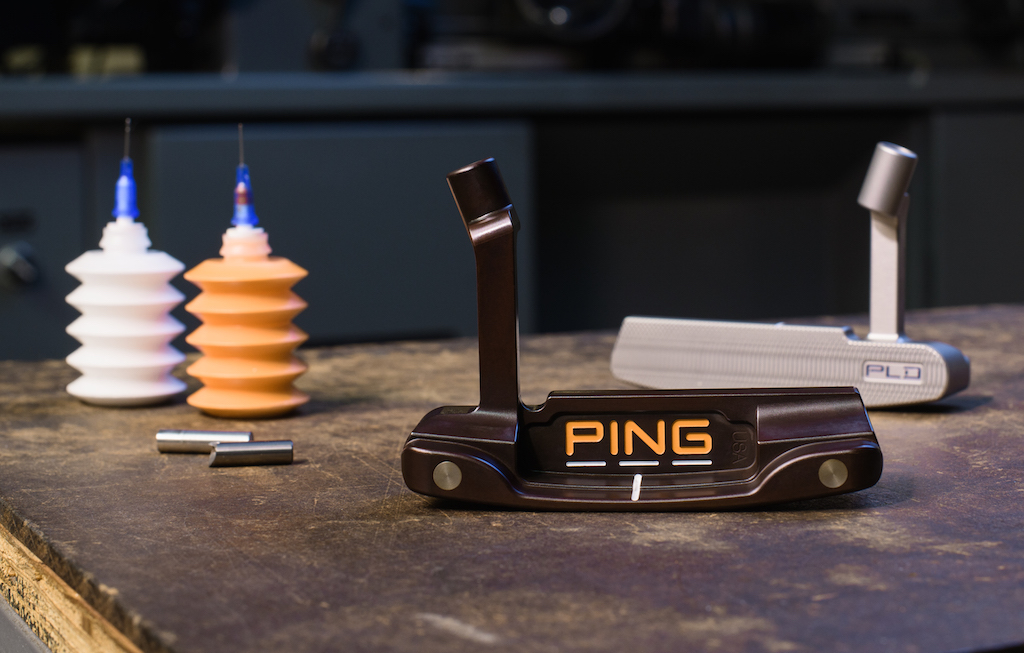
The highest level in the Ping PLD program feature the PLD Custom putters, where golfers can customize their own designs with either the help of a Ping Master fitter in person, or virtually through the PLD program online. To help golfers find their perfect putter, they will use the PLD iPing putting app, and a Ping Master fitter will analyze the player’s data to recommend a putter.
Then, golfers can fully customize the putter to their liking, with ability to change head model, Tungsten weighting, face milling, finish, alignment aids, stampings and paint fill. Ping’s Master Fitters will also help golfers get the correct length, lie angle and loft for their stroke and biometrics.
The putters themselves will sell for $1,290, and a $200 non-refundable payment is required to schedule and participate in a PLD Custom Fitting, whether it’s virtually or in person.
Personally, I received a Ping PLD Custom Fitting in-person at the company’s indoor facility in Phoenix, Arizona. After identifying my stroke flaws (of which there many) using Ping’s iPing putting app, I tried out a slew of different head options and we made head adjustments along the way to figure out what truly works. Here were my final specs:
Head model: Ping Anser
Finish: Patina
Weight: 350 grams
Alignment line/dot: None
Stamping: “T” on the hosel
Length: 35.5 inches
Shaft: Chrome Stepless Steel
Grip: PP58 Black Midsize
What blew me away most was how impactful length and lie angle can be on comfort at address and stroke pattern. Even minor changes felt drastic. Also, the depth of face milling can truly change both feel and sound; I never realized how much.
Another point of note: Switching up alignment lines obviously can affect aim, but for me, they also influenced my stroke itself due to the visual changes. I highly suggest going through a full putter fitting to determine what specifications you prefer for yourself.
Check out the photos below of the putter that was designed for me through my work with a Ping Master Fitter:
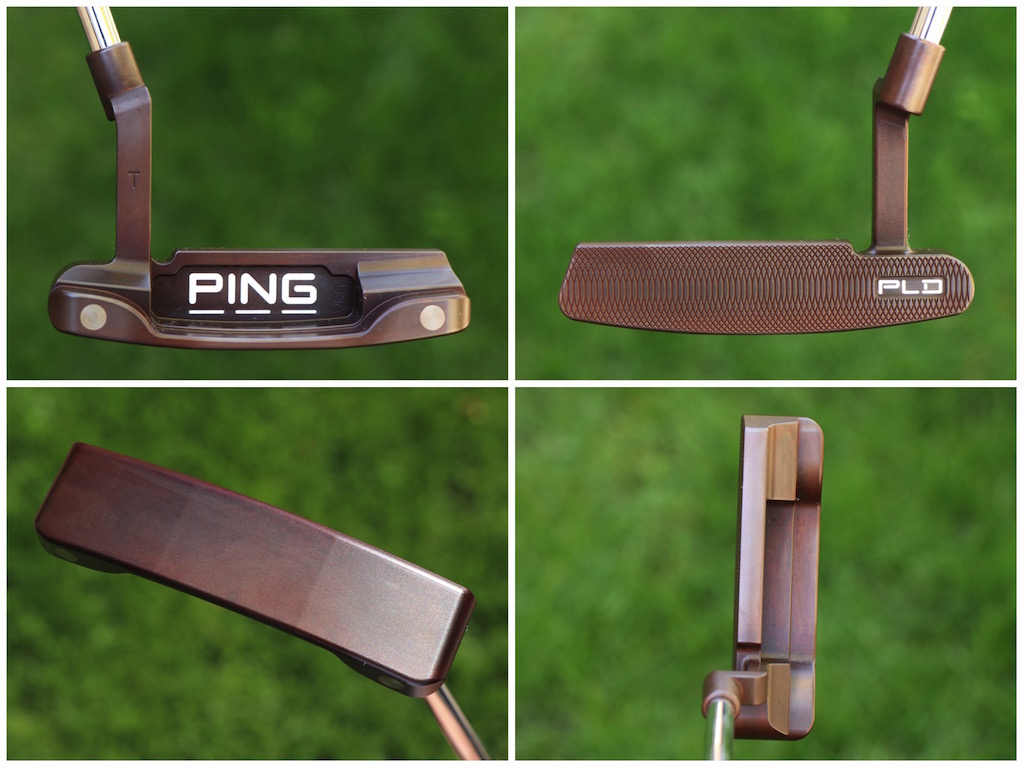
Ping PLD putters are available for pre-order today, and head over to Ping’s PLD website to book your own fitting here.
- LIKE126
- LEGIT12
- WOW15
- LOL4
- IDHT3
- FLOP1
- OB0
- SHANK10
Putter Reviews
WRX Spotlight Review: T Squared TS-713i Standard Series putter

Product: T Squared TS-713i Standard Series Putter
About T Squared: T Squared Putters is a small putter manufacturer just south of Buffalo, New York. The company was founded by Tony Tuber who created his first prototype putters, after hours, in his father’s machine shop. Since then Tony and his father have been creating high-quality putters in the same facility that creates high precision instruments for the medical field. They pride themselves on creating the highest quality, most precise putter they can offer. They offer a few different head shapes from small traditional blades to high MOI mallets and even a custom program to get exactly what you want.
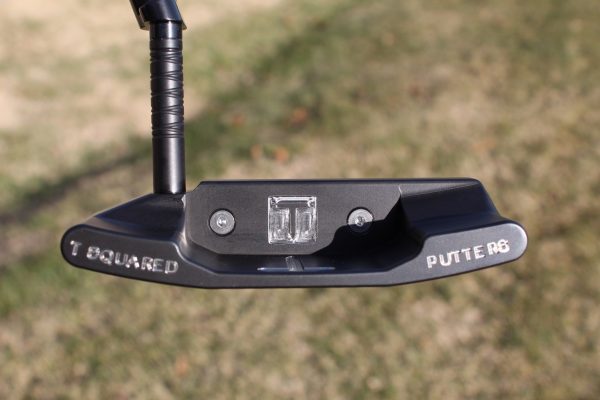
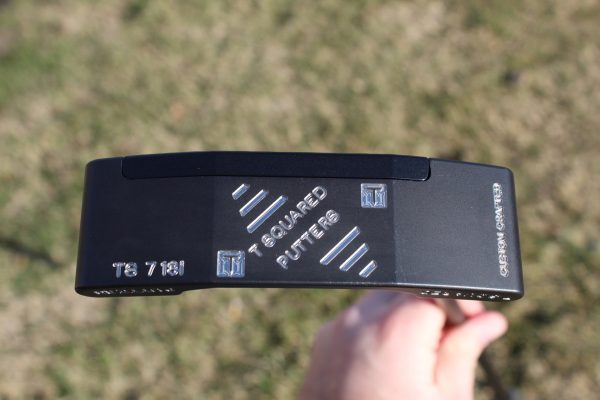
The Ts-713i Standard Series is based on the Ts-713, the first prototype that Tony created. It is a blade-style putter with a slightly longer flange and a unique face insert milled from 6061 aluminum. The body of the Ts713i is milled from a solid block of 303 stainless steel that is produced in the USA and has a Teflon backing between the body and face insert.
This Teflon backing helps give the putter a softer feel at impact and reduce any unwanted vibration. Details are what T Squared is all about and the neck of the putter shows off their milling expertise. The neck is similar to a plumbers neck, built with multiple pieces and offering some cool texture on the section bonded to the head. Another great detail is that all the silver markings on the putter are not filled with paint, they are milled into the head. T Squared finished the head in a sharp matte black and then milled all the markings on the putter for a unique, shiny silver look that really stands out. Ts-713i putters are built for customizing and have a ton of options that you can select if you would like to build something totally unique
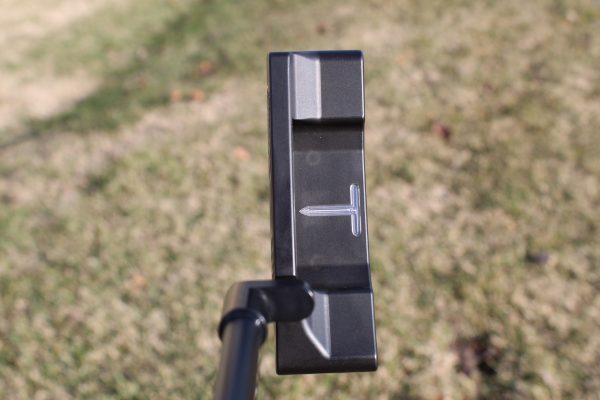
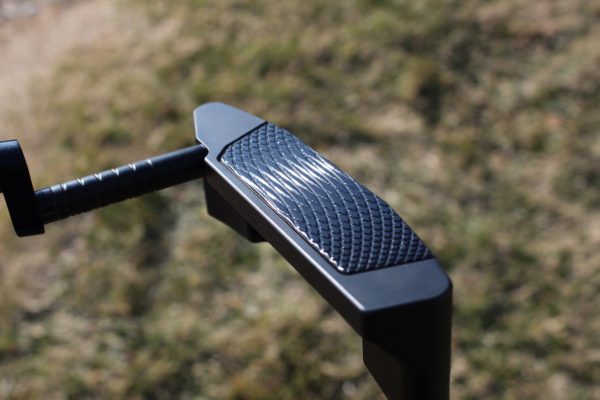
On the green, the T Squared TS-713i really performs fantastic. I found the feel at impact very solid without any unwanted vibration. The impact produces a muted click and soft feel that I wasn’t expecting from this aluminum insert and thin face. The deep milling and Teflon coated back to the insert really work together to produce a great, responsive feel that I enjoyed. Deep milling usually makes me a little worried because it can soften the putter too much and lose that feel we all demand.
The TS-713i has no issues and transmits impact feel back to your hands with ease. Mishits are a little louder and harsh, but nothing even close to unpleasant. I have used putters that don’t feel as good on perfectly struck shots as the TS-713i feels on mishit putts. Distance and accuracy on those mishit putts are not as drastic as you would expect with a blade putter. I often just missed the cup by small margins when I struck a putt on the toe or heel of the TS-713i. There aren’t too many blade putters that have shown this level of forgiveness on the green for me.
The “T” alignment aid on the flange of the putter is large and easy to use. Not only do you get a straight line from the face to the back edge for alignment, but the back of the “T” also helps you square the putter up to your target. The Pure grip is not my thing, and it would be great for T Squared to offer a few more options, but that is an easy fix and a very minor criticism.
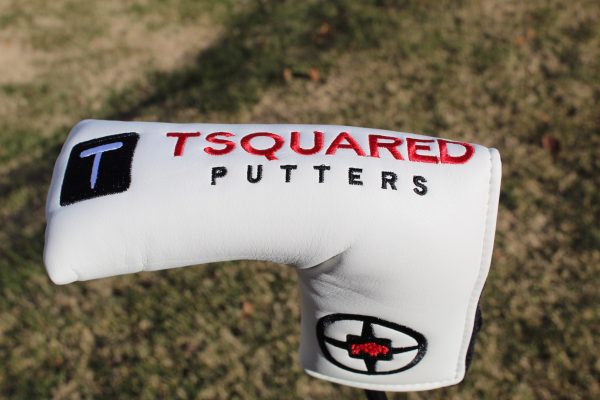
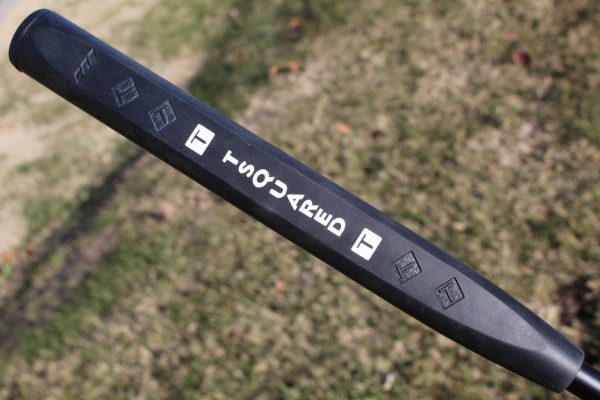
Overall, the T Squared TS-713i is a great putter from young Tony Tuber that exceeded my expectations. His attention to detail, precision milling, and take on a classic head shape offer golfers something different without sacrificing any performance. If you are looking for a great feeling putter that is made in the USA, you should take a look at T Squared and see what they can make for you.
- LIKE61
- LEGIT15
- WOW6
- LOL2
- IDHT2
- FLOP5
- OB0
- SHANK6
-

 19th Hole1 week ago
19th Hole1 week agoDave Portnoy places monstrous outright bet for the 2024 Masters
-

 19th Hole3 weeks ago
19th Hole3 weeks agoThings got heated at the Houston Open between Tony Finau and Alejandro Tosti. Here’s why
-

 19th Hole1 week ago
19th Hole1 week agoTiger Woods arrives at 2024 Masters equipped with a putter that may surprise you
-

 19th Hole2 weeks ago
19th Hole2 weeks agoReport: Tiger Woods has ‘eliminated sex’ in preparation for the 2024 Masters
-

 19th Hole5 days ago
19th Hole5 days agoTwo star names reportedly blanked Jon Rahm all week at the Masters
-

 19th Hole4 days ago
19th Hole4 days agoNeal Shipley presser ends in awkward fashion after reporter claims Tiger handed him note on 8th fairway
-

 19th Hole3 days ago
19th Hole3 days agoReport: LIV Golf identifies latest star name they hope to sign to breakaway tour
-

 19th Hole2 weeks ago
19th Hole2 weeks agoAddiction, spinal fusion, and scam artists – Everything Anthony Kim revealed in candid interview with David Feherty

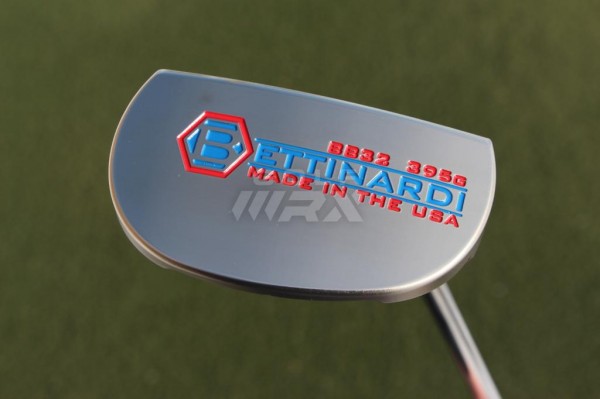
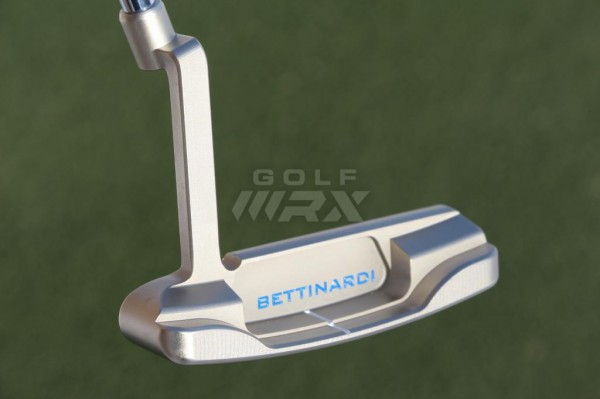
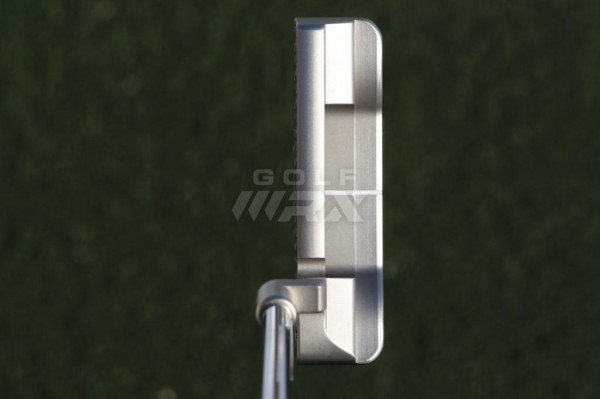
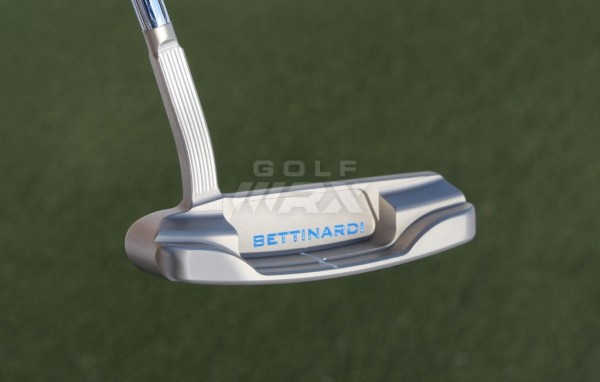
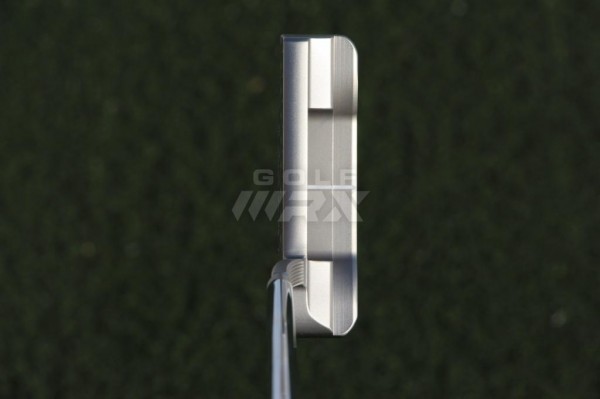
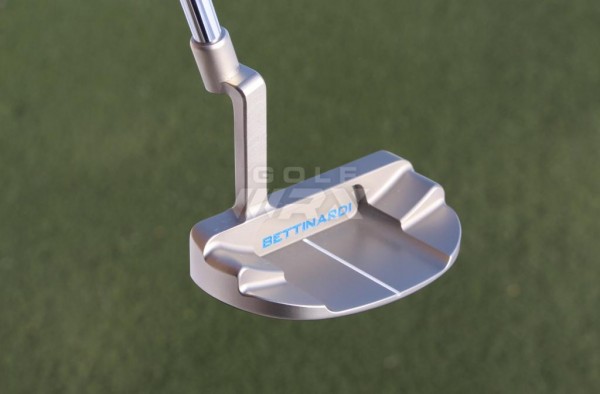
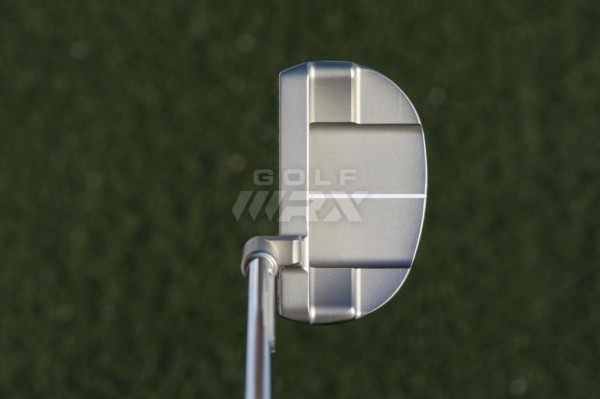
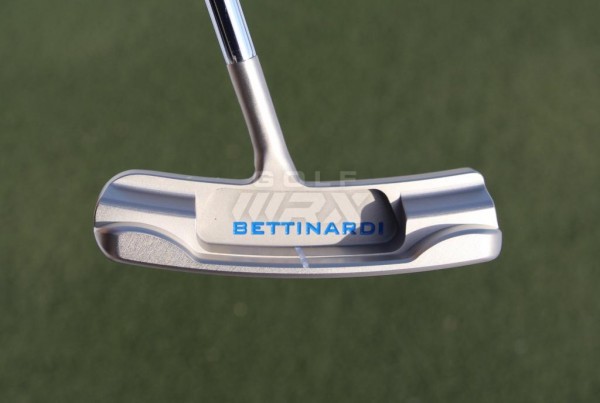
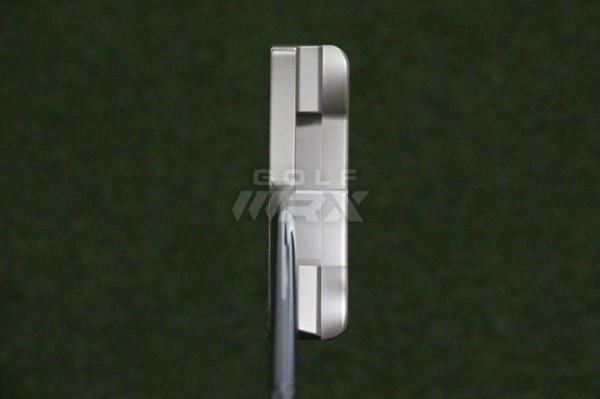
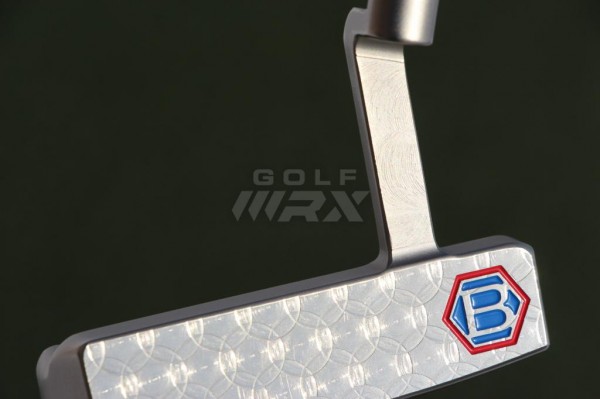
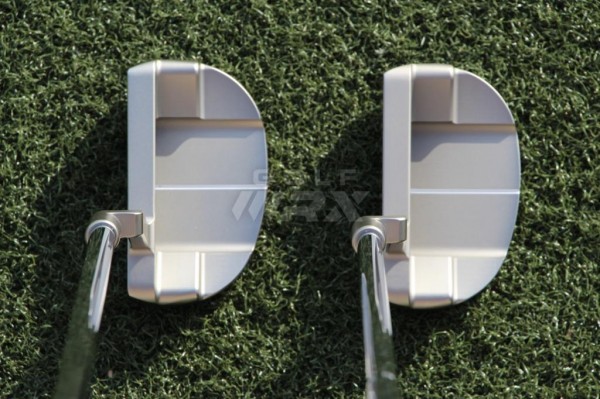
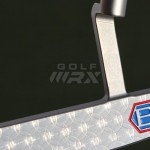
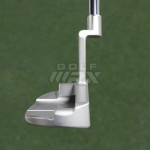
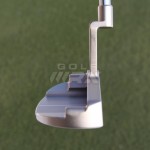
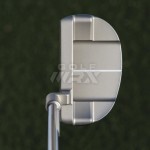
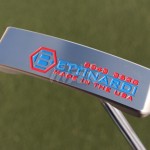
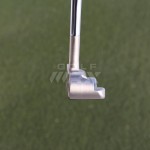
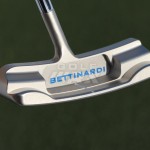
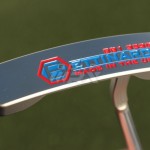
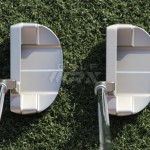
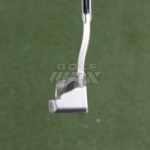
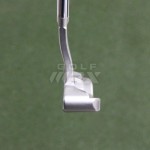
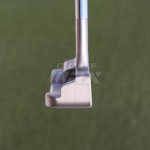
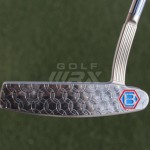
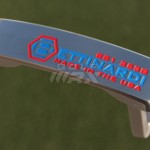
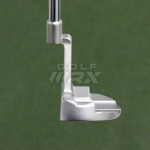
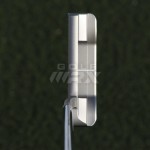
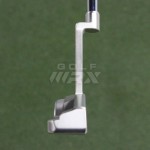
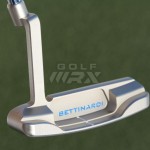
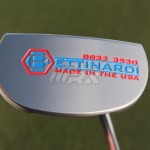
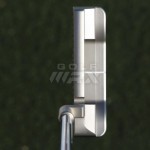
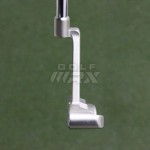
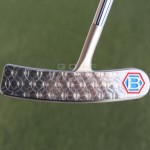
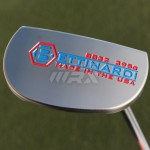
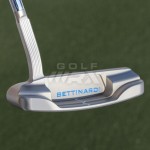
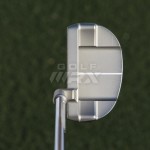
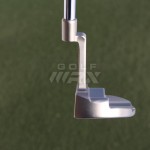
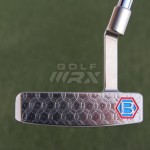
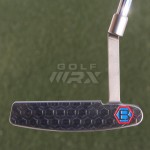
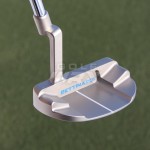
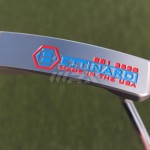
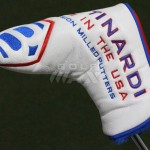
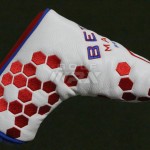
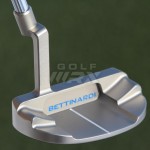
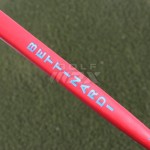
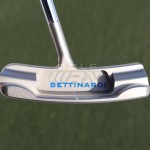
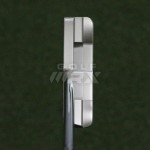


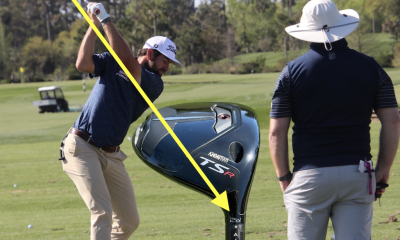

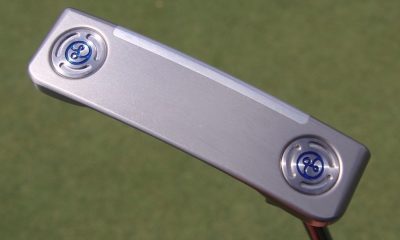



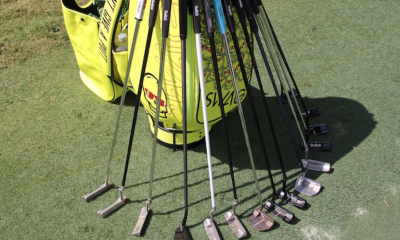

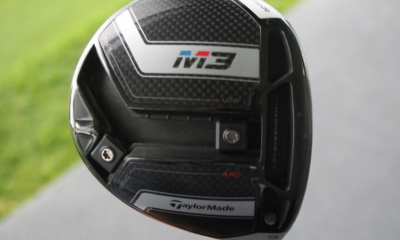

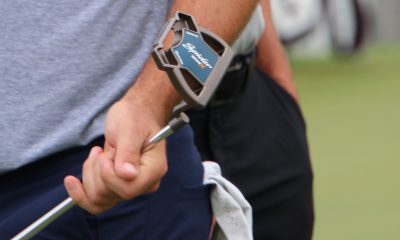













Pingback: Golf Clubs – Our Selection | Romney Warren Golf Club
Kevin M
Jul 25, 2014 at 10:10 am
As a “died in the wool” Cameron guy, I pretty much know what I want and like in a putter. That being said, Bettinardi putters are some of the finest and highest quality putters on the market and I WILL give credit where credit is due. Some people balk at the price of some putters and that’s fine, but you do get what you pay for and pay for what you get. I’ve putted with several Bettinardis and have nothing bad to say about any of them.
Jake
May 29, 2014 at 9:37 am
The difference in feel between Bettinardi putters and other putters is unreal. Putting is the most important part in the game of golf, and with the BB32, I was able to shave 5-6 strokes off my game because I was so accurate with the flat stick. Keep it up Bettinardi!
tom
Jan 15, 2014 at 10:23 pm
They look awesome.
If the CB version has a 395 gram head with a 38″ shaft and a 135 gram grip, those are the same specs as the 38″ DLL … so how could it feel heavier?
yo!
Jan 15, 2014 at 9:50 pm
I guess if it had adjustable weights, you would give it 5 stars.
Andy
Jan 15, 2014 at 4:49 pm
Thanks for covering Bettinardi. This is a beautiful line of products, and the boys in Tinley Park continue to get it right year after year. Lovin’ the 32
Dave
Jan 15, 2014 at 4:03 pm
That BB1F is lookin sweet